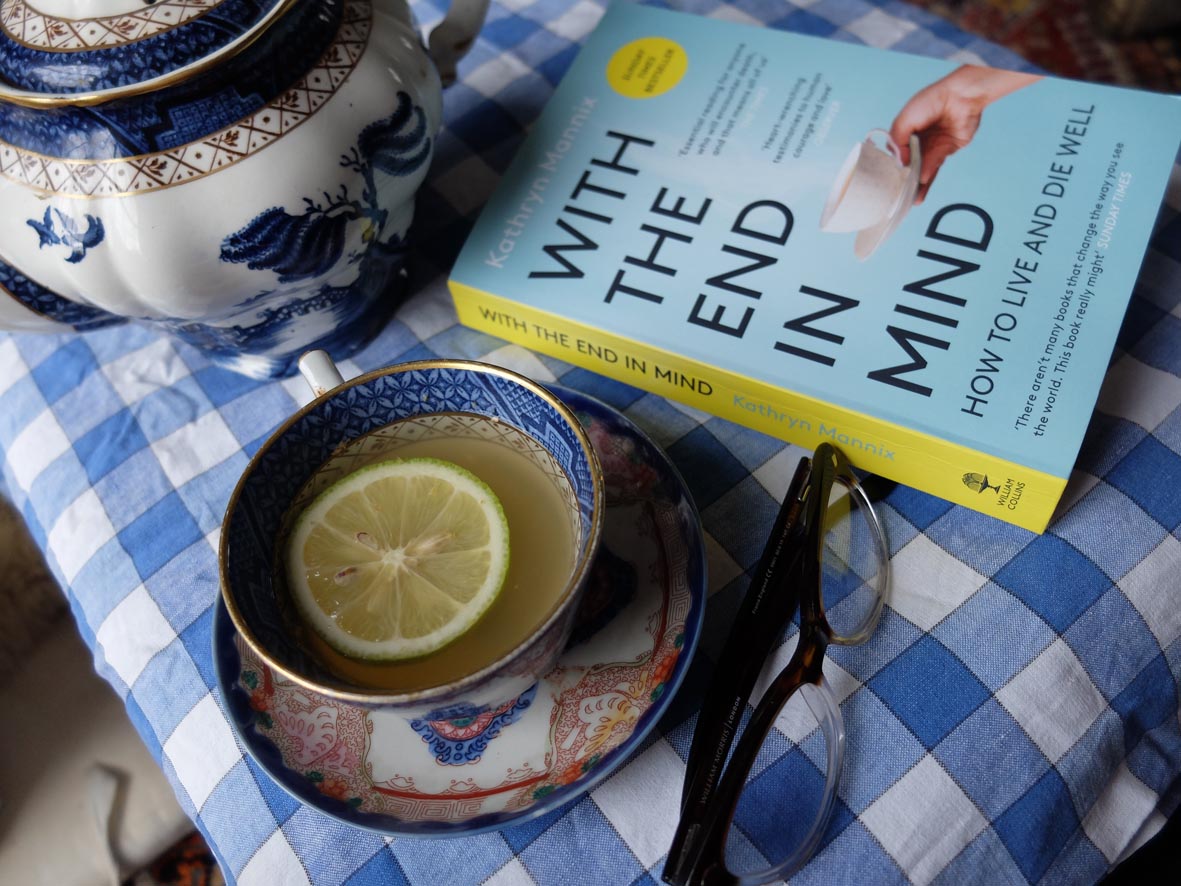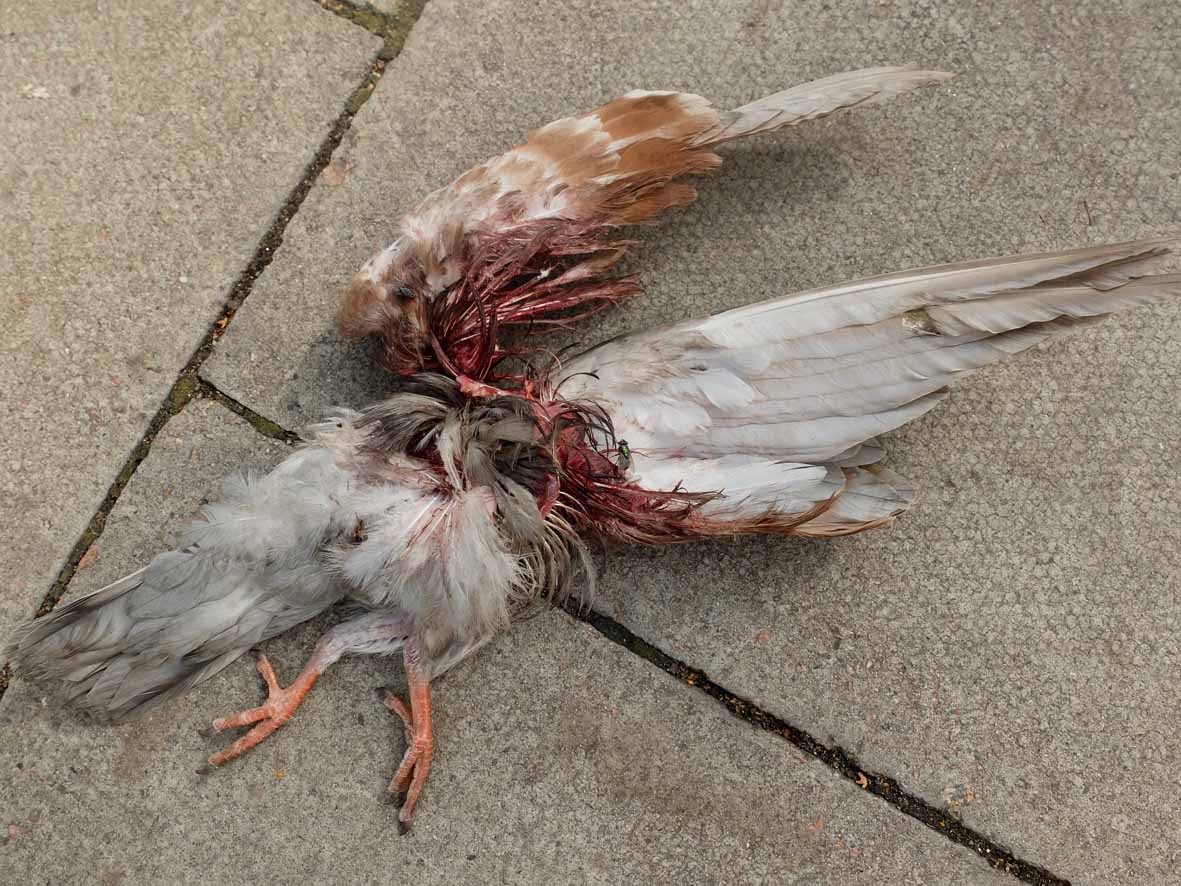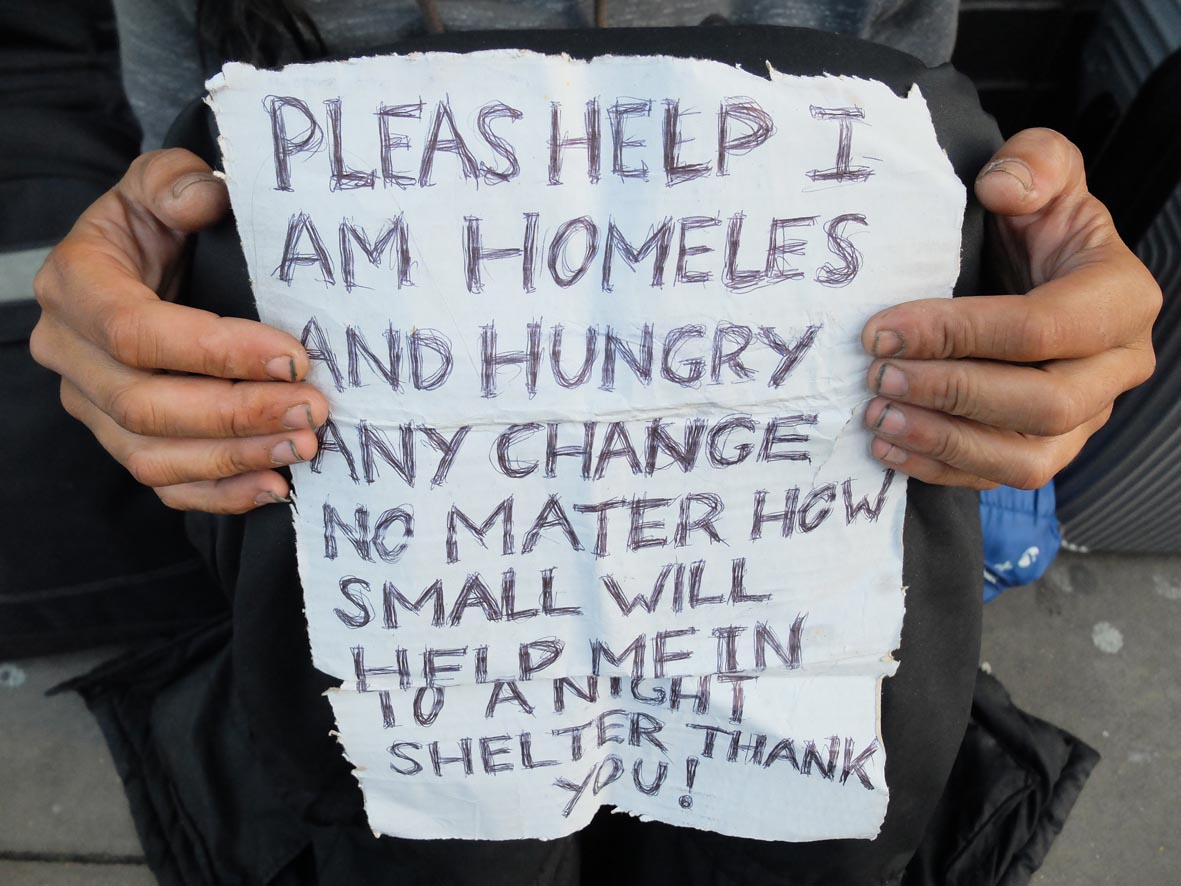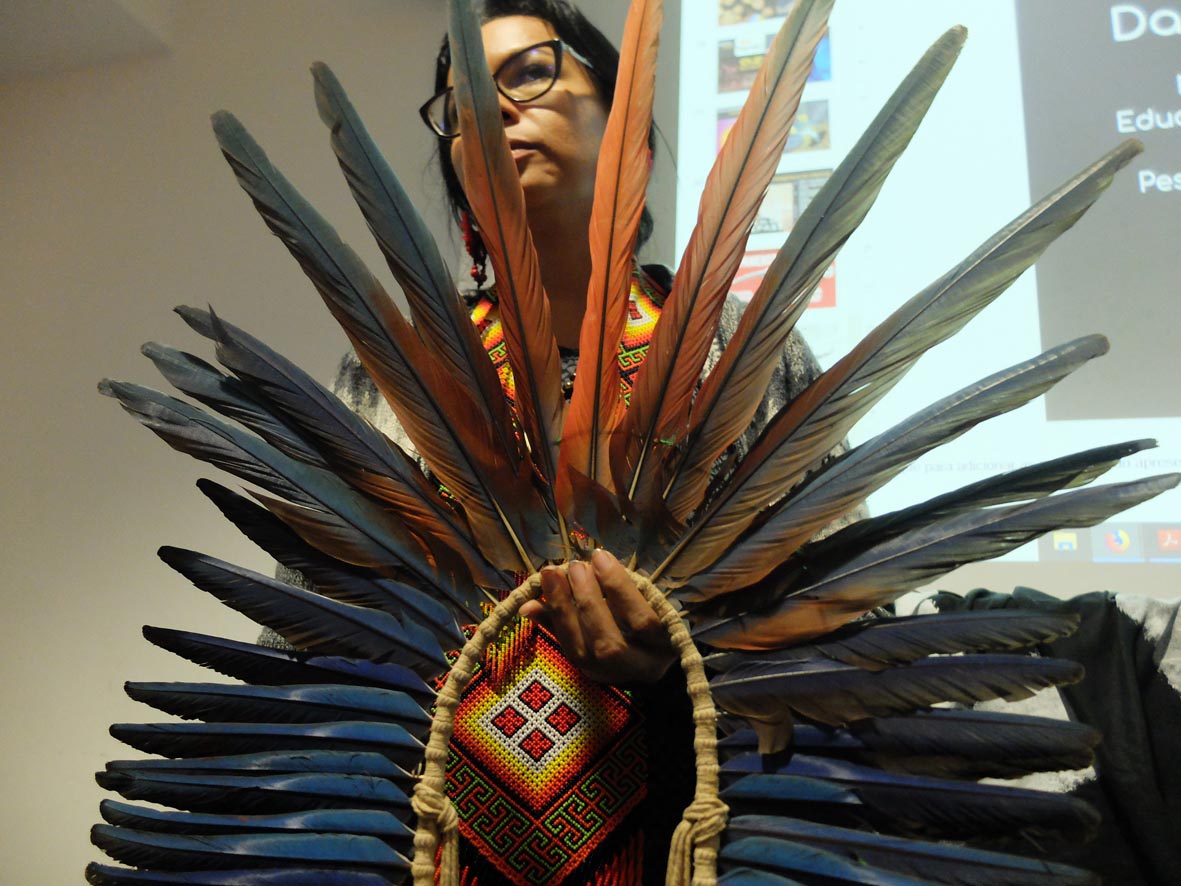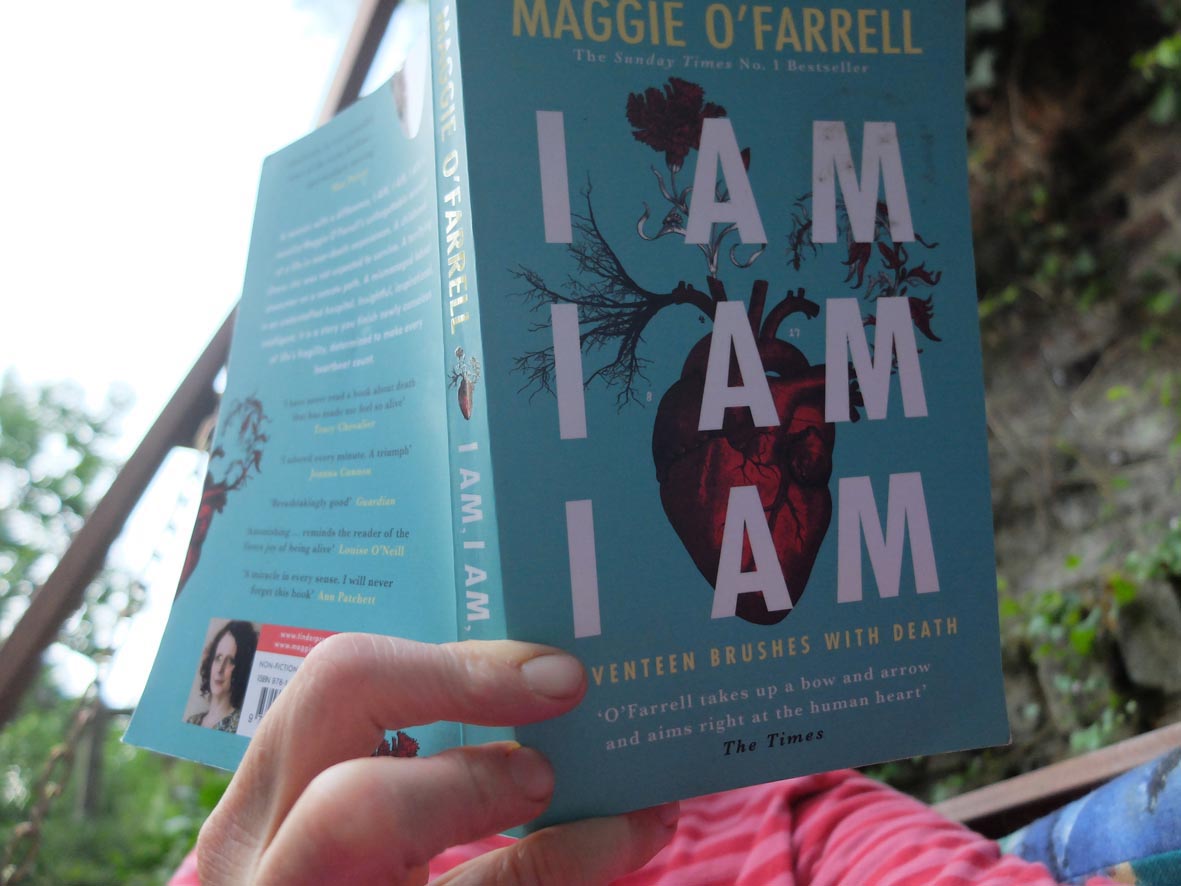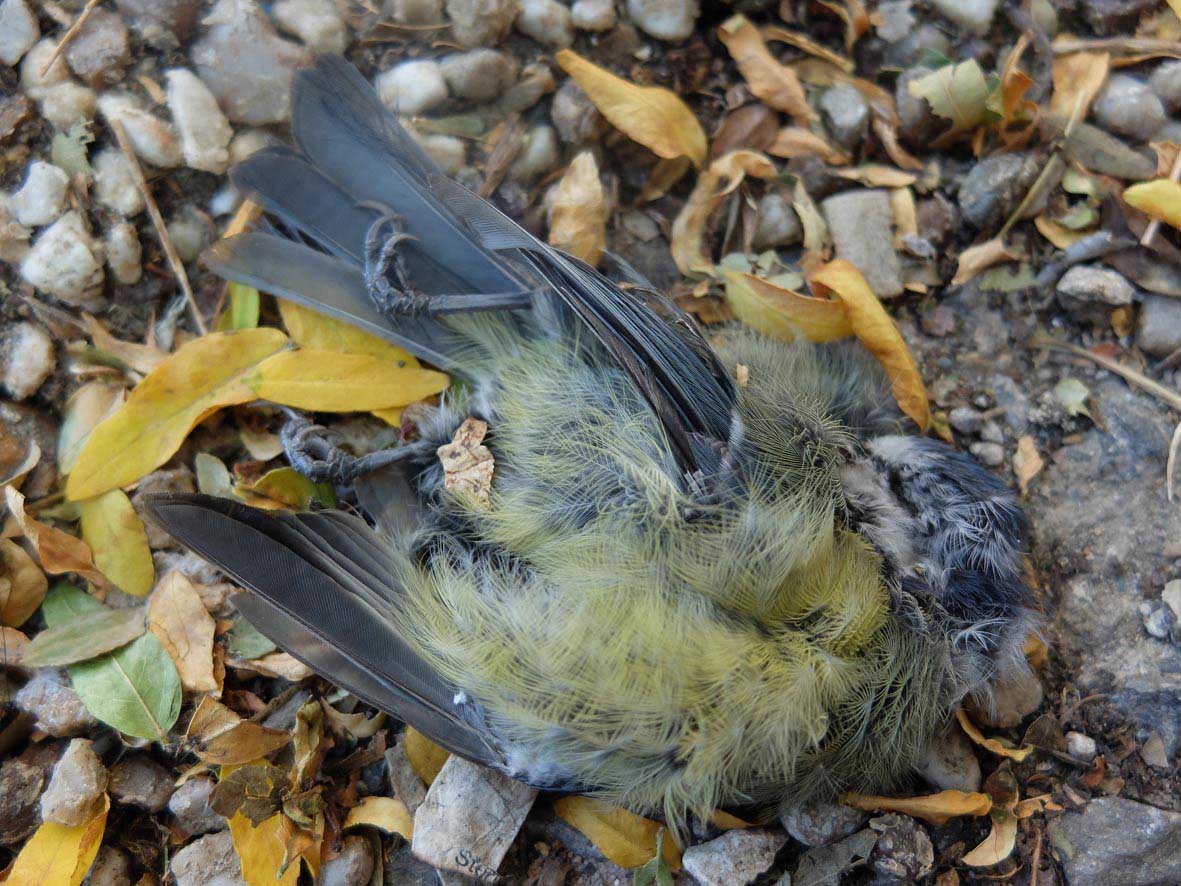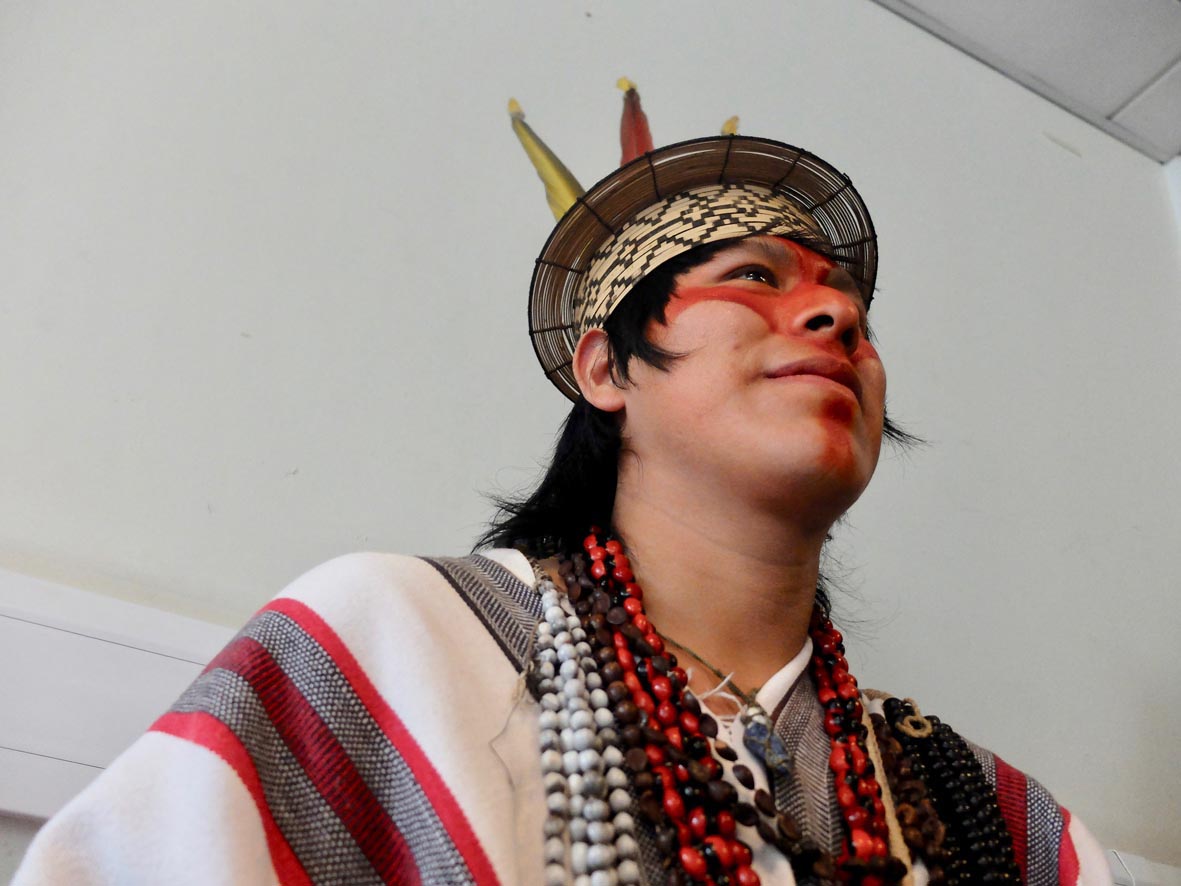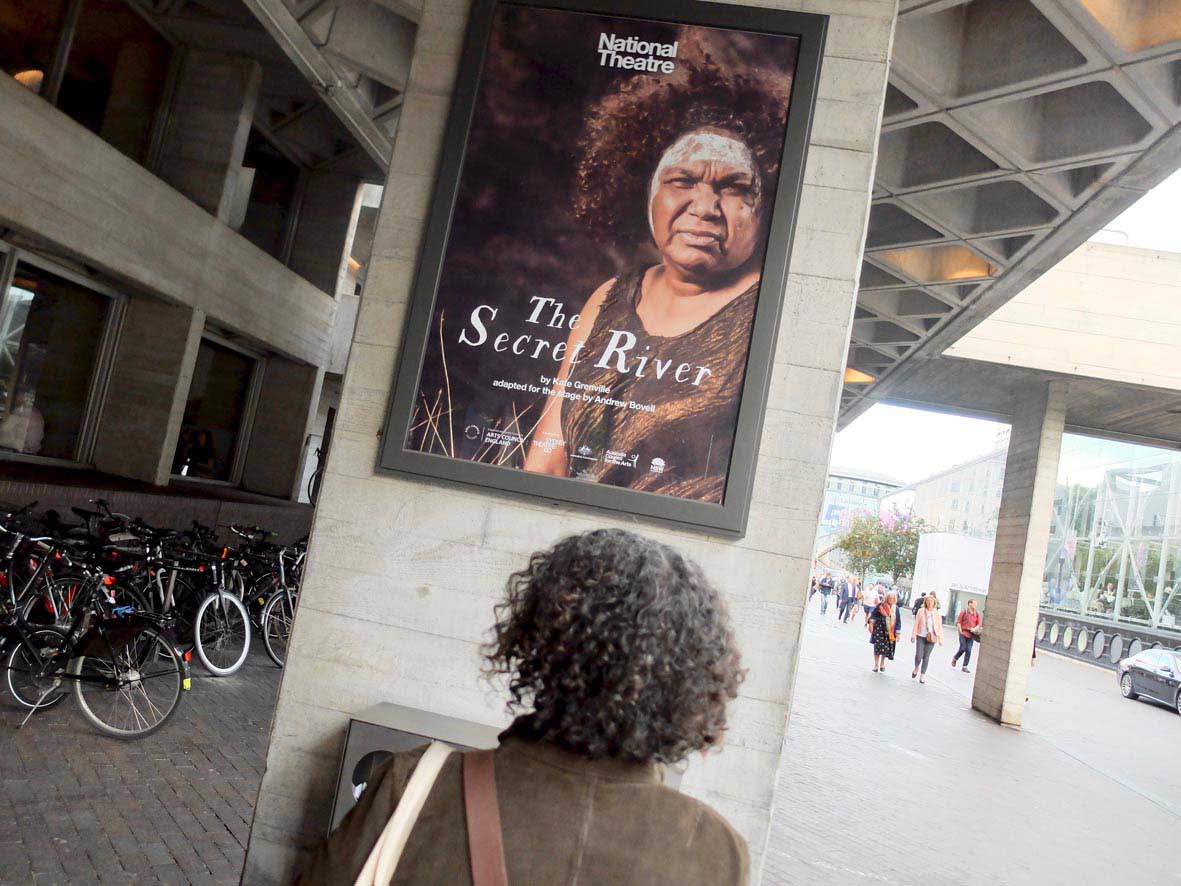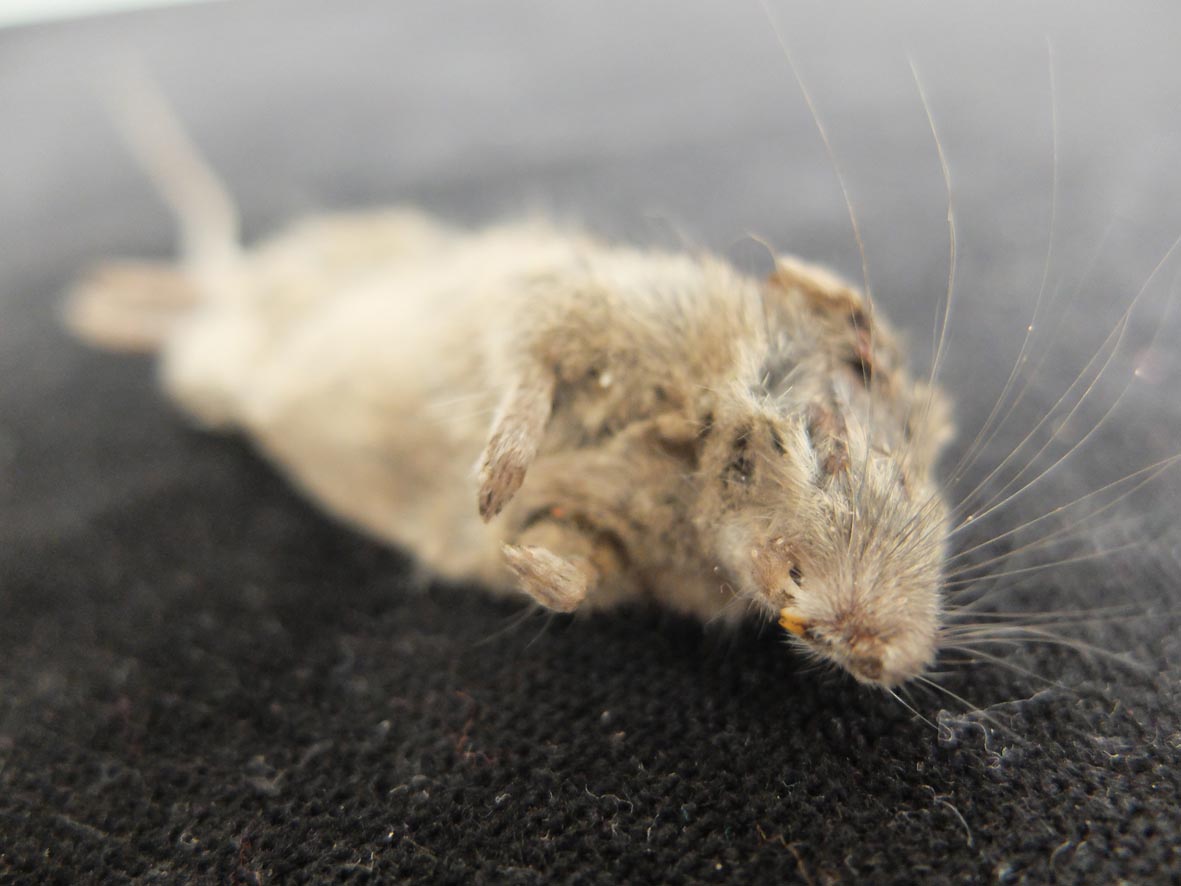30 Nov ‘Tell Me Who I Am’
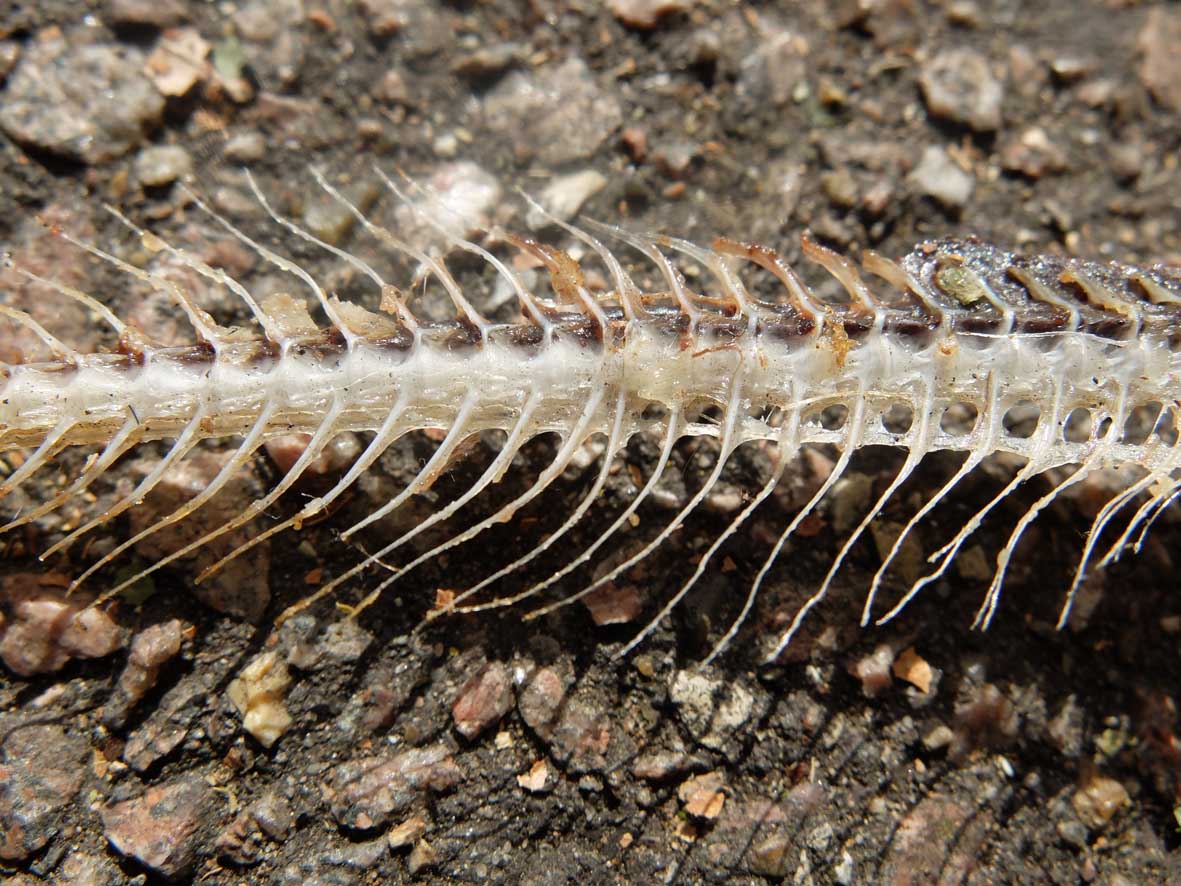 ‘Tell Me Who I Am’ is a fascinating documentary film made about an extraordinary set of circumstances. Alex and Marcus are twins, now in their 50’s. We see them beautifully illuminated in the studio as they tell their stories. “I don’t know who I am”, begins Alex. Like psychologists observing through a two-way mirror, we are invited into their worlds, their twin perspectives. Despite being identical twins, their experiences are not mirrored. We learn more about their responses through their body language – as they each return to glasses of water, sit forward or back on their chairs, and spread fingers across their faces when overcome with dismay. “The major thing about being a twin; you’re never alone,” says Marcus. The narrative is driven by compelling interviews, but flushed out with haunting images and atmospheric details through reconstruction.“ Alex lost his memory by accident, and I lost my memory voluntarily,” says Marcus. We observe as they open Pandora’s box and out pour secrets, truths, guilt, grief and shame. The whole tale spins on an axis of “blinding trust.” We become voyeurs in the deconstruction of an internalised history. As memory, relationships, family dynamics and identity disintegrate, what remains? It asks whether our memory and history forms the bones of who we are? The connection between the brothers is under scrutiny. Through them this is a compelling examination of responses to trauma, and the expression of emotion.
‘Tell Me Who I Am’ is a fascinating documentary film made about an extraordinary set of circumstances. Alex and Marcus are twins, now in their 50’s. We see them beautifully illuminated in the studio as they tell their stories. “I don’t know who I am”, begins Alex. Like psychologists observing through a two-way mirror, we are invited into their worlds, their twin perspectives. Despite being identical twins, their experiences are not mirrored. We learn more about their responses through their body language – as they each return to glasses of water, sit forward or back on their chairs, and spread fingers across their faces when overcome with dismay. “The major thing about being a twin; you’re never alone,” says Marcus. The narrative is driven by compelling interviews, but flushed out with haunting images and atmospheric details through reconstruction.“ Alex lost his memory by accident, and I lost my memory voluntarily,” says Marcus. We observe as they open Pandora’s box and out pour secrets, truths, guilt, grief and shame. The whole tale spins on an axis of “blinding trust.” We become voyeurs in the deconstruction of an internalised history. As memory, relationships, family dynamics and identity disintegrate, what remains? It asks whether our memory and history forms the bones of who we are? The connection between the brothers is under scrutiny. Through them this is a compelling examination of responses to trauma, and the expression of emotion.
www.imdb.com/title/tt10915286/



